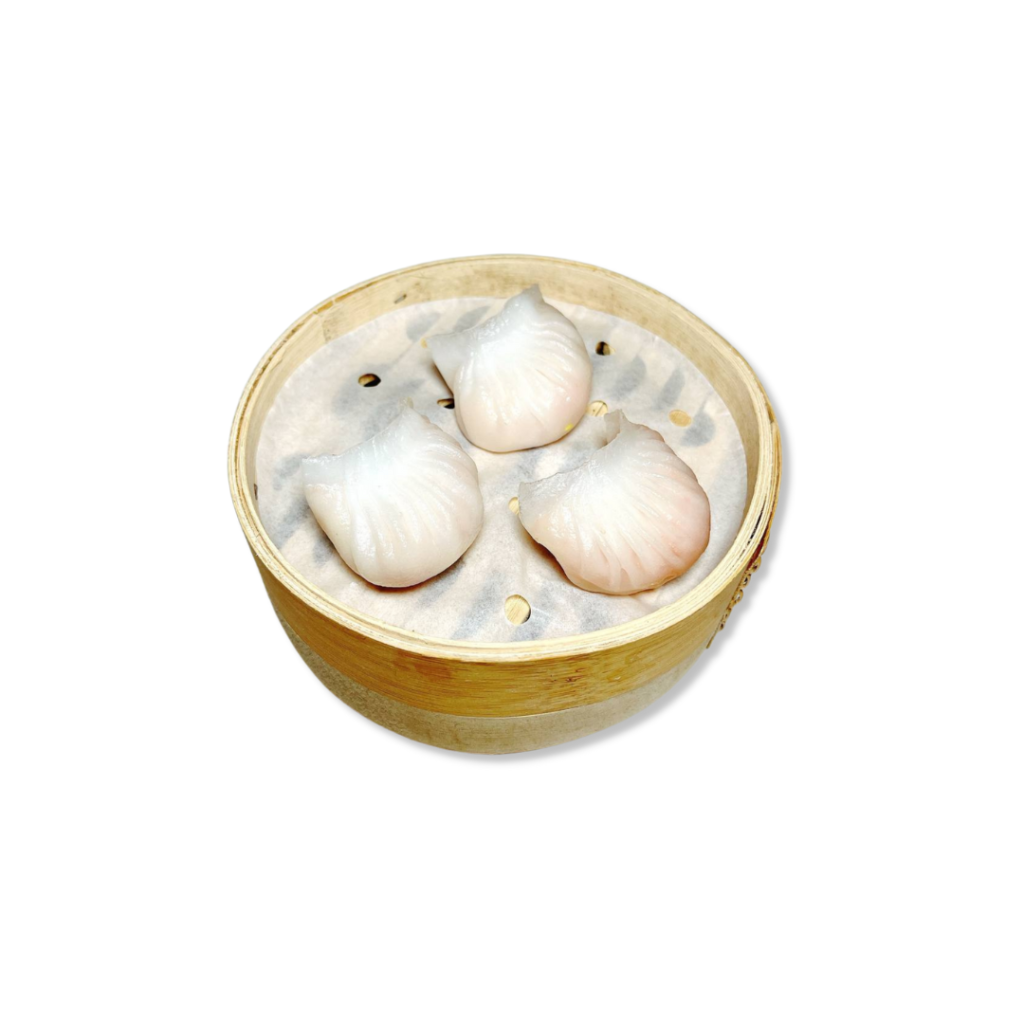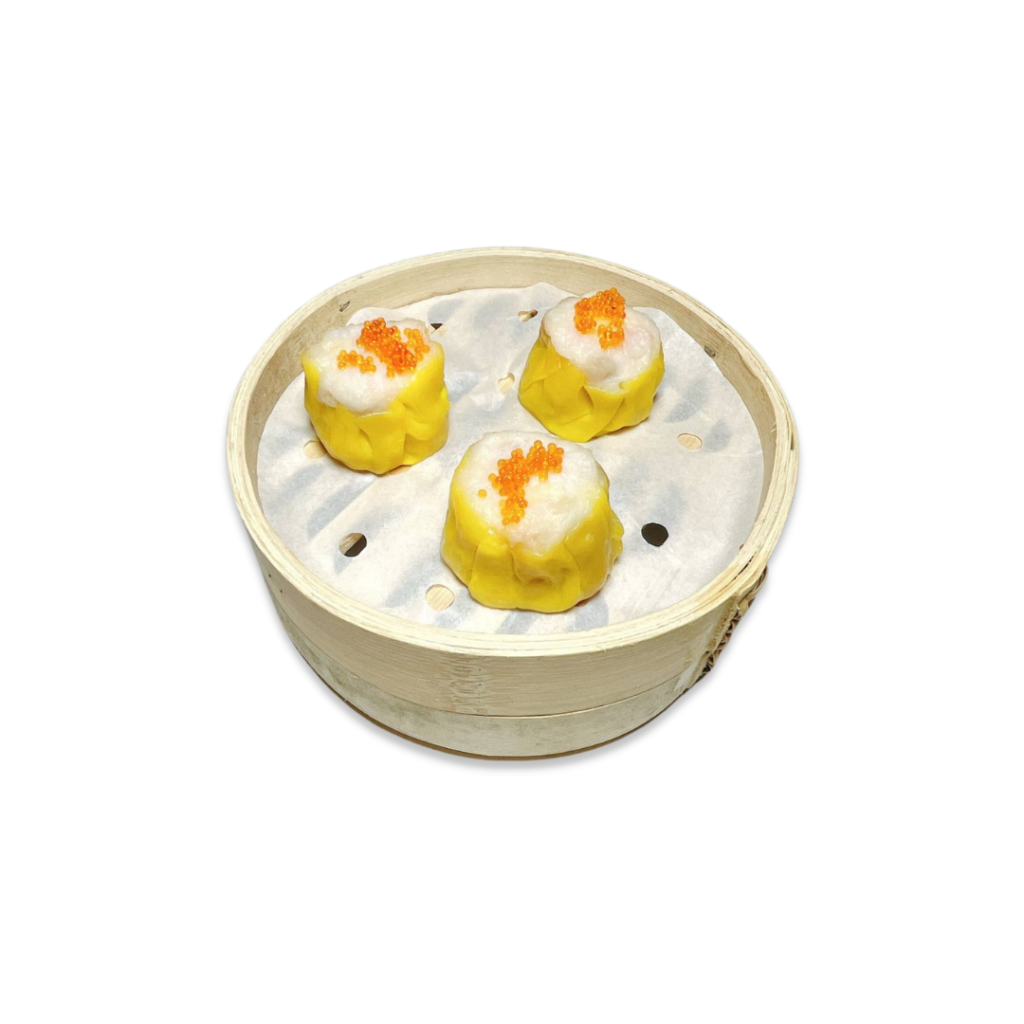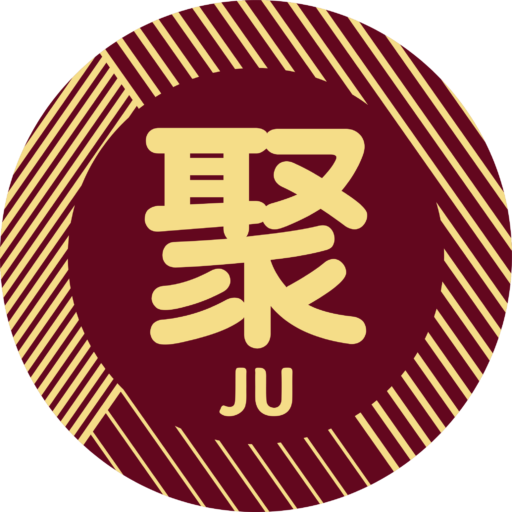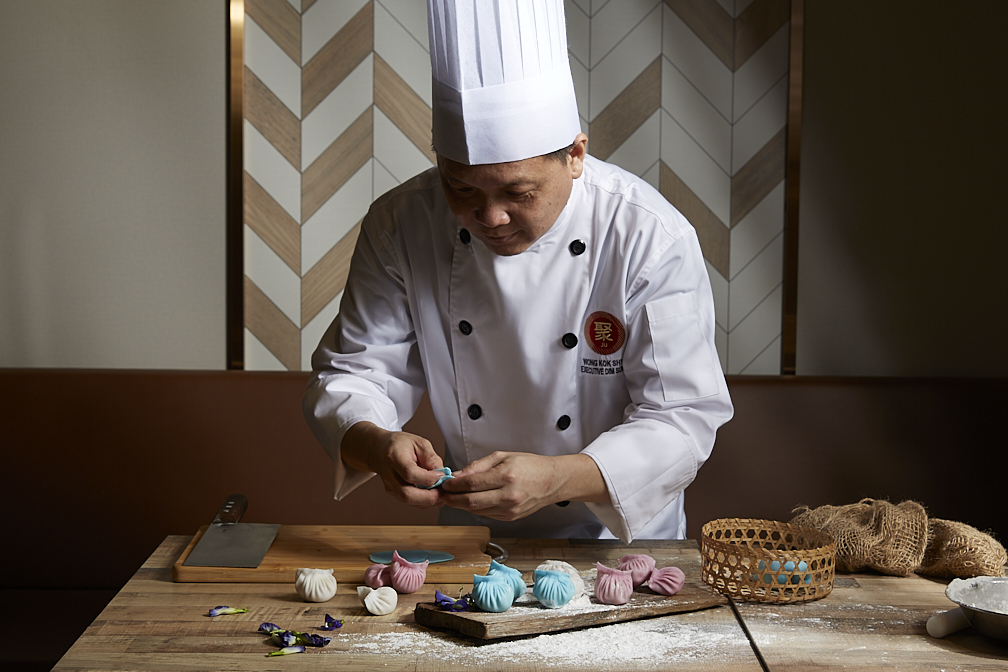If you’re a fan of Asian cuisine, you’ve probably come across dim sum at some point.
These bite-sized treats are not only delicious but also offer a glimpse into the rich culinary heritage of China.
In this article, we’ll dive into the story behind two popular dim sum dishes: steamed Har Gao and Siew Mai.
Get ready to tantalise your taste buds and discover the secrets behind these delectable dumplings.
Origins of Dim Sum and its Cultural Significance
Dim sum, a popular cuisine in Chinese culture, has its origins deeply rooted in history.
This traditional style of dining originated in the tea houses of ancient China, where travellers and locals would stop for a quick bite to eat.
Over time, dim sum evolved from a simple snack to a full-fledged meal, consisting of a wide variety of bite-sized dishes.
Two of the most well-known dim sum dishes are Har Gao and Siew Mai.
Har Gao, also known as crystal shrimp dumplings, are steamed dumplings filled with succulent shrimp and wrapped in a translucent and delicate wrapper.
Siew Mai, on the other hand, are open-faced dumplings filled with a mixture of ground pork, shrimp, and other seasonings.
These two dishes have become staples in dim sum restaurants around the world.
The history of Har Gao and Siew Mai can be traced back to the Cantonese region of China.
Cantonese cuisine is known for its emphasis on fresh and quality ingredients, and Har Gao and Siew Mai are no exception.
The delicate and intricate preparation of these dishes requires skilled chefs who have mastered the art of making dim sum.
The filling of Har Gao and Siew Mai is carefully seasoned to enhance the natural flavours of the ingredients, creating a harmonious blend of flavours in each bite.
These dumplings are then steamed to perfection, resulting in a soft and tender texture that melts in your mouth.
Today, Har Gao and Siew Mai continue to be enjoyed by people of all backgrounds, not only for their delicious taste but also for the cultural significance they hold.
These dishes represent the rich history and culinary traditions of dim sum, making them a must-try for anyone looking to experience the authentic flavours of Chinese cuisine.
The Story Behind Steamed Har Gao

Har Gao, a popular Cantonese dim sum dish, has a fascinating history rooted in the culinary traditions of Southern China.
Its name, “har gao,” translates to “shrimp dumpling” in Cantonese.
The origins of Har Gao can be traced back to the Guangzhou (Canton) region of China, where dim sum culture flourished.
Dim sum, which means “touch the heart” in Cantonese, refers to a variety of small, bite-sized dishes often served with tea.
These dishes can range from dumplings and buns to rolls and pastries.
Har Gao is believed to have been created during the early 20th century in Guangzhou by chefs seeking to innovate and introduce a new type of dumpling.
Traditionally, the dumpling consists of a translucent, delicate wrapper made from a mixture of wheat starch and tapioca starch.
The wrapper is meticulously pleated and filled with a savoury mixture primarily composed of fresh shrimp, sometimes complemented with bamboo shoots, water chestnuts, or seasonings like ginger and sesame oil.
What makes Har Gao distinctive is its thin, translucent wrapper, which showcases the pinkish hue of the shrimp filling.
Achieving the ideal texture and translucency for the wrapper requires skill and precision in the preparation of the dough.
Over time, Har Gao gained immense popularity not only in Guangzhou but also in Cantonese-speaking communities worldwide.
Its delicious taste, coupled with the artistry involved in creating the delicate dumplings, has made it a staple in dim sum restaurants globally.
Today, you can find variations of Har Gao with different fillings and slight alterations to the wrapper, reflecting regional preferences or chefs’ innovations.
However, the essence of this delectable shrimp dumpling remains true to its origins—a testament to the rich culinary heritage of Cantonese cuisine.
The Story Behind Siew Mai

Siew Mai, also known as Shumai or Shaomai, is another beloved dim sum dish with a rich history originating from the Guangdong province of China.
Its name, “Siew Mai,” translates to “cook and sell,” which might be a reference to its historical roots as a street food sold by vendors.
This delectable dumpling is characterised by its open-topped, cylindrical shape with a thin wrapper, usually made from a mix of wheat and tapioca starch.
The filling typically consists of ground pork, shrimp, mushrooms, and seasonings like soy sauce, sesame oil, and ginger.
Variations can include other ingredients like water chestnuts, bamboo shoots, or even crab meat, depending on regional preferences.
Siew Mai gained popularity as a convenient and delicious snack, especially among travellers and labourers.
Its portability and satisfying taste made it a sought-after choice among people on the go.
Much like other dim sum dishes, Siew Mai flourished in tea houses and eventually became a staple in dim sum restaurants worldwide.
Its popularity led to various adaptations and regional versions, with different fillings and styles of preparation while still retaining its fundamental characteristics of an open-topped, steamed dumpling.
Today, Siew Mai remains an integral part of dim sum menus globally, loved for its flavourful filling, delicate wrapper, and the artistic touch often applied to its presentation, such as the addition of decorative elements like carrot, peas, or roe on top.
Its history reflects the adaptability and creativity within Cantonese cuisine, showcasing a balance of flavours and textures that continue to delight diners around the world.
In conclusion, dim sum has its origins deeply rooted in Chinese culture and holds great cultural significance.
Steamed Har Gao, a popular dim sum dish, is introduced with its classic ingredients and preparation techniques.
This dish offers unique flavours and textures that make it a favourite among dim sum lovers.
Lastly, Siew Mai, another traditional dim sum dish, has a rich history and is deeply rooted in Chinese culinary traditions. Overall, dim sum and its various dishes have become an integral part of Chinese cuisine and continue to be enjoyed worldwide.

